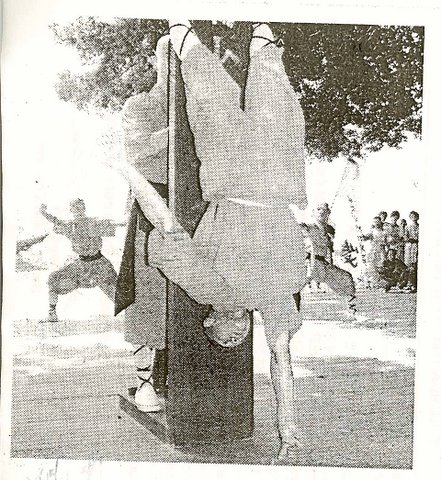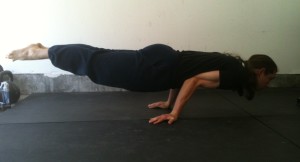This is an interesting question that I’m sure you have asked yourself in the past at one point or another. I know that I have with myself; although luckily only once or twice.
Here is a little food for thought.
As individuals who engage in fitness activities, we could easily gain results with our bodies from just running and hitting the weights. Look good in the mirror, impress those that we care to impress, and be done with it.
But if you’re like me, there’s something alluring about bodyweight training. It’s not just the ability to be stronger or faster but in the internalized fact that you have the skill to go along with it. Skill is simply the ability to do something well; no rocket science necessary in that thought process.
In terms of bodyweight training, that skill revolves around learning to gain the correct motor control in your body whether you’re going for strength, power, or speed(quickness included). A couple of my favorite examples would be the hollow body hold and the squat thrust. Although these seem like normal “tough” exercises, they teach you different aspects of stabilization and coordination that could help you in other types of physical endeavors.
Starting soon I’ll begin delving into other types of baseline bodyweight skill development outside of the acrobatic world of the handbalancing.
Stay Inverted!
-Jonathan Magno













